How to Start Running

by Morris “Mo” Brossette |
It is, after all, a large majority of an obstacle course race. However, it can be one of the hardest skills to master, unless you do it properly. I am talking about running of course. As an endurance coach I have successfully coached many athletes to a successful running career, all with a little patience and focus.
Run Cadence
Running too hard with too long of a step/stride is both inefficient and can cause injury. Studies have shown that a run cadence of 180 steps per minute, that’s 90 steps each foot, is the most effective and efficient cadence whether you are running a 12-minute mile or a 5-minute mile. If you have a GPS watch like a Garmin or any other cadence tracking watch you will be able to see your cadence during your run. If not, simply count 18 steps every 10 seconds and you will be on target. There are also apps you can download on your phone with a step metronome that are very useful as well and will keep you in step… literally.
Rhythmic Running
Now that you have an understanding of your cadence, probably the most important factor in a successful run plan is being able to breathe properly. For a deeper dive I highly recommend you pick up the book “Running on Air” by Budd Coates. As with run cadence from above, when you tie in your breath to the rhythm, your run becomes complete. Your breath will tell you if you are running too hard, or if you could push a little harder. Every time your foot hits that ground your foot, leg, hip on that side is absorbing up to 3 times your body weight. If you are exhaling more on one leg vs. the other you are doubling the load that one side of your body has to bear. This can lead to overuse and injury. To correct this an run with a rhythmic breath pattern try running to a 5-count. Meaning, inhale for 3 steps and exhale for 2 steps. This should feel easy and almost effortless, and the foot you land on while exhaling will alternate each breath keeping the load on your feet & legs even. If you begin to breathe too hard, slow down. If you notice you’re straining, or it’s taking to long to inhale for 3 steps, shorten your stride.
Run/Walk
A common mistake I have seen with athletes beginning a run program is running too long too soon. Remember, you have to give your body time to adapt to this new movement pattern. Just as you can’t expect to walk into a gym and start squatting 200lbs if you’ve never squatted before, don’t set your expectations too high with running either. Doing so can lead to physical injury, and can also lead to mental injury in the form of self-doubt and negative chatter like, “I suck at running” or “I’ll never be good at this. I HATED running anything longer than 100m, that is, until I learned to slow down and run properly. Start small with 20-30 minutes MAX for time and don’t attempt to run the whole time, even if you physically “can”, your run cadence and form will likely suffer. Instead, adopt a run/walk combination of any of these variations 1 minute run/ 1 minute walk “1/1”, a 2/1 – 2/2, or 3/1 – 3/2. Don’t go beyond that. If you finish the run and it felt easy… GOOD! You shouldn’t feel smoked after this session; you SHOULD feel like you could do more. I recommend keeping the same run/walk pattern for 2 weeks as well as the total time of the workout. Then progress it something like this:
- Weeks 1-2: 30 minutes at 3/2
- Weeks 3-4: 30 minutes at 3/1
- Weeks 5-6: 35 minutes at 3/1
There are, of course, several variations and exceptions to this plan depending on you, your current fitness, and your athletic background with running. Use this guide as a template based on your individual needs. Also remember, Rome wasn’t built in a day, and you’re not going to become a great runner, or even a good one in a month. It takes time and patience.
Forefoot, Heel Strike and Over Striding
Honestly don’t overthink this. I have read more articles and been a part of more discussions on this than I can remember. While landing on the forefoot, NOT the ball of your foot, rather more flat footed, is the natural way we humans run without shoes on, the bigger issue is over striding. I have listened to several run biomechanics experts discuss that it doesn’t so much matter if you land on your heel or forefoot, what is more important is that your foot land directly underneath your hips vs. in front of your hips. Swinging your leg too far forward while running increases the compression and “shockwave” up your leg and into your hip that can lead to injury. Plus with over striding every time your foot hits the ground in front of your hips your literally stopping your forward momentum making your efficiency and effort exceptionally harder. An easy run is almost like a shuffle. Instead of reaching forward with your foot, you lean forward from the ankle and simply lift your knee with your hamstring and hip flexor (see video below). Try not to overthink this one. In my experience, if you are keeping with the 3/2 inhale/exhale breath count, that will help greatly in preventing over striding.
Footwear
This may be the question I get the most about running. “Which shoe should I run in”? I will tell you this. Don’t go by what is popular right now, or what the pros are wearing, or even what your friend that talked you into OCR is wearing. Go to a legit run store in your area and have a professional help you find the right shoe for your foot. Try several pair on, and whichever feels the best on your foot, give it a try. I will tell you that REI has a phenomenal return policy. You can buy a pair of shoes, run in them for a week, or up to 364 days, and if they don’t feel right you can return them for a different pair. I HIGHLY encourage you to give that a try if you’re a bit unsure of what shoe to get.
Strengthen Your Glutes and Open Your Hips
Before we land this plane it important to understand that any run plan regardless of how strong of a runner you may be, is accompanied with the proper mobility and strength movements to compliment and support your run. Running is basically a whole bunch of single leg squats so you need to be sure your legs are balanced and strong. More importantly you need to be sure your glutes are strong as they are the primary stabilizers of your lower body. SO MANY running injuries could be avoided by incorporating these simple “pre-hab” moves. Use these as part of your warm-up
and cool down.
Warm-up:
3 sets of 10-12 repetitions of the following
- Glute Bridge
- Banded Lateral Walk
- Traveling Lunge “big step to open hips”
Cool Down:
3 sets of
- 40-60 second hold Pigeon Stretch
- 6-8 repetitions Hurdle Stretch with Twist
- 10 Glute Bridge
I hope this article helps you with your running goals or at least points you in the
right direction. If you need more help or have any questions about specifics in your own running plan please don’t hesitate to contact me at mo@linkendurance.com.
~Coach Mo

Morris Brossette is the co-owner and founder of Link Endurance – a holistic and integrative training system designed to make sure every “link” in YOUR chain is just as strong as the next. Mo is a Certified Spartan SGX, SOS Coach, Certified Holistic Nutritionist and Health Coach, and Licensed Sports Nutritionist. He is host of the Link Endurance Podcast and provides personal nutrition, fitness, and obstacle training.


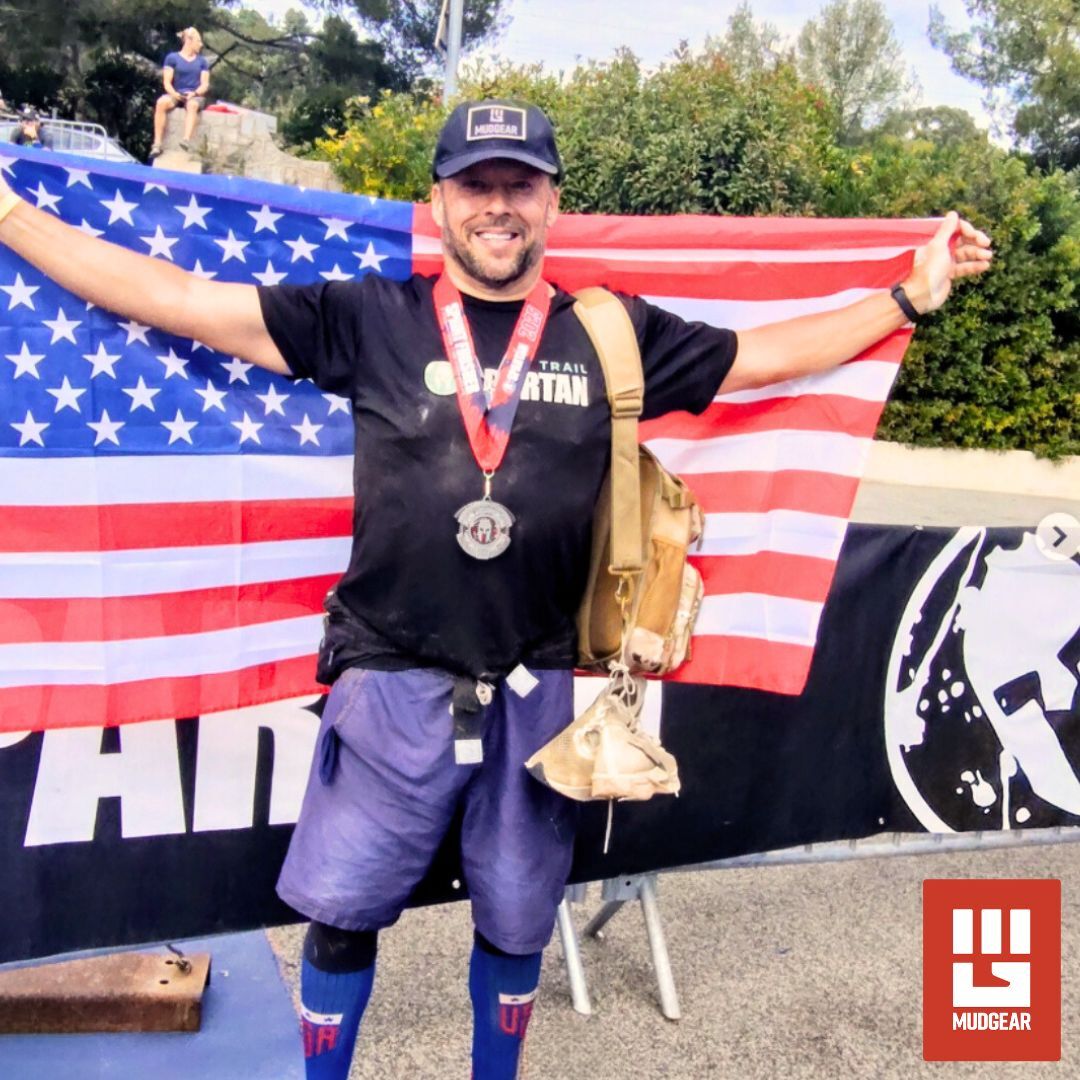
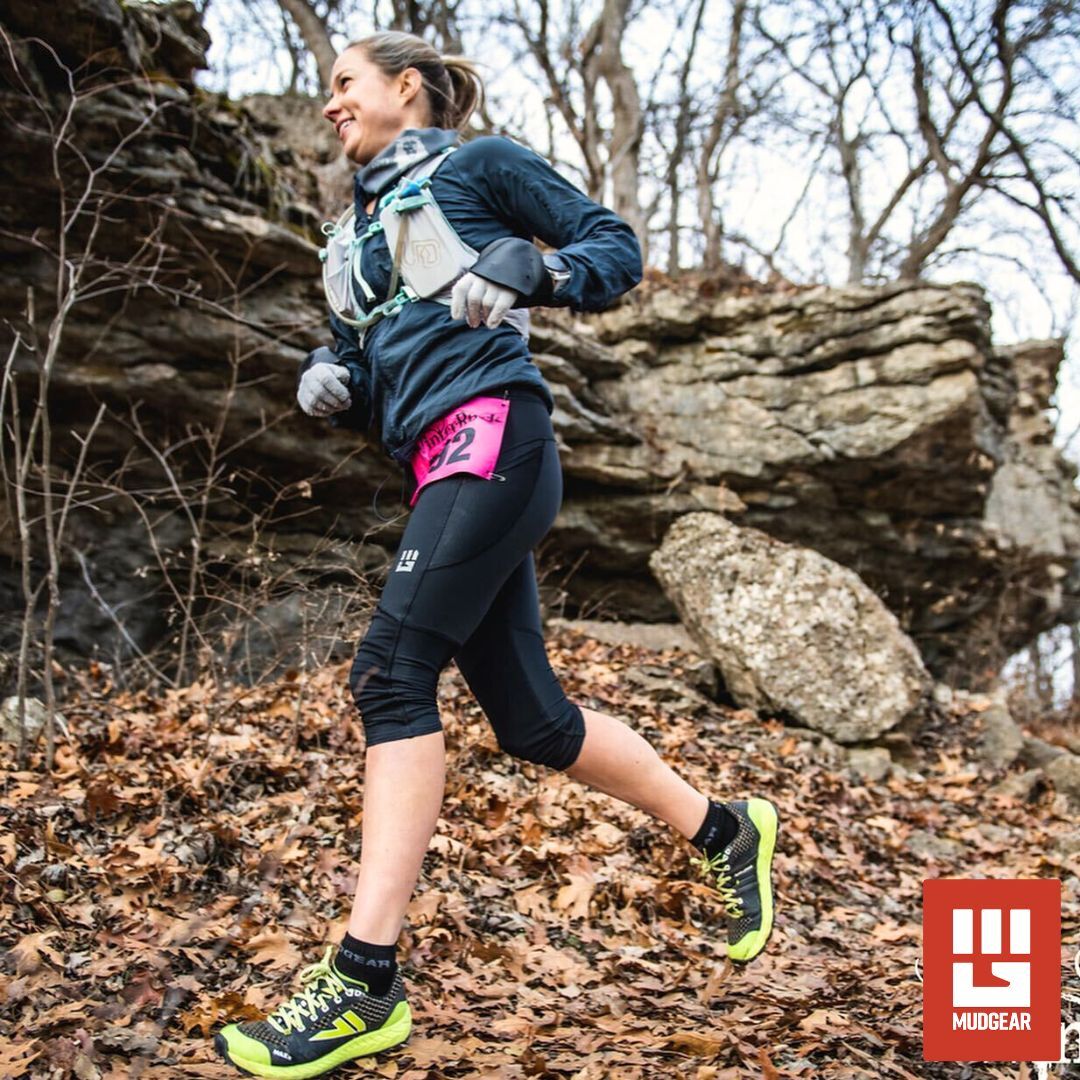
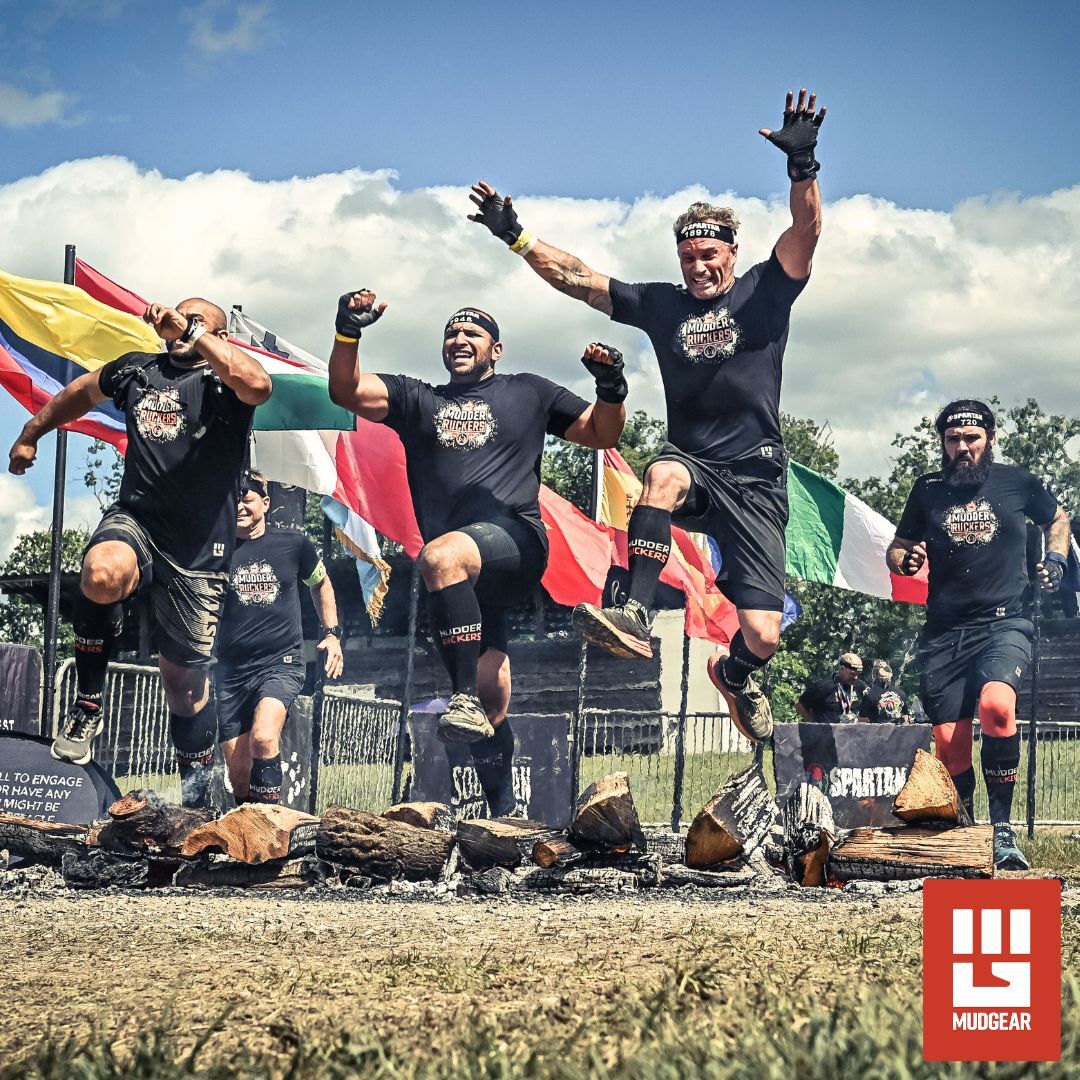
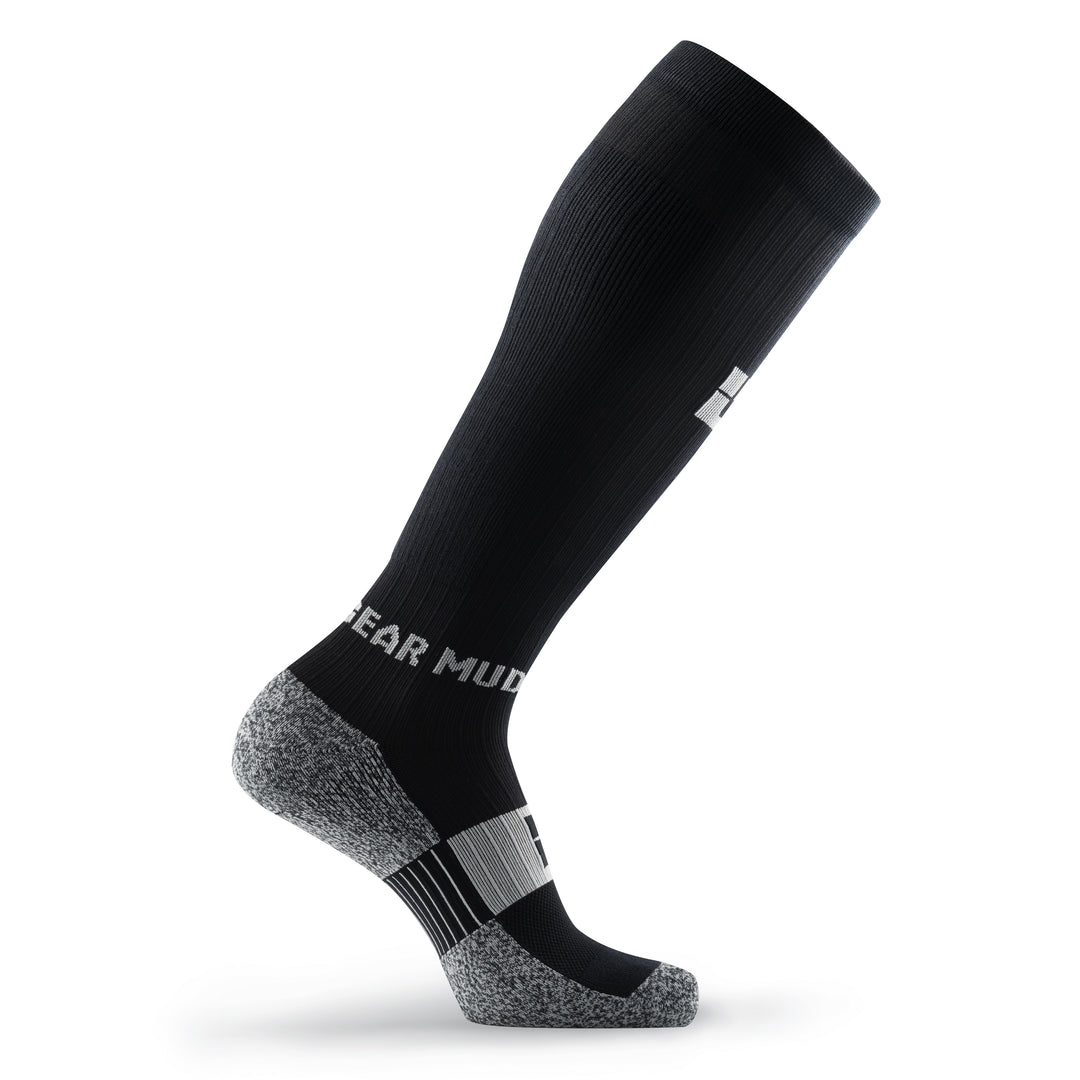
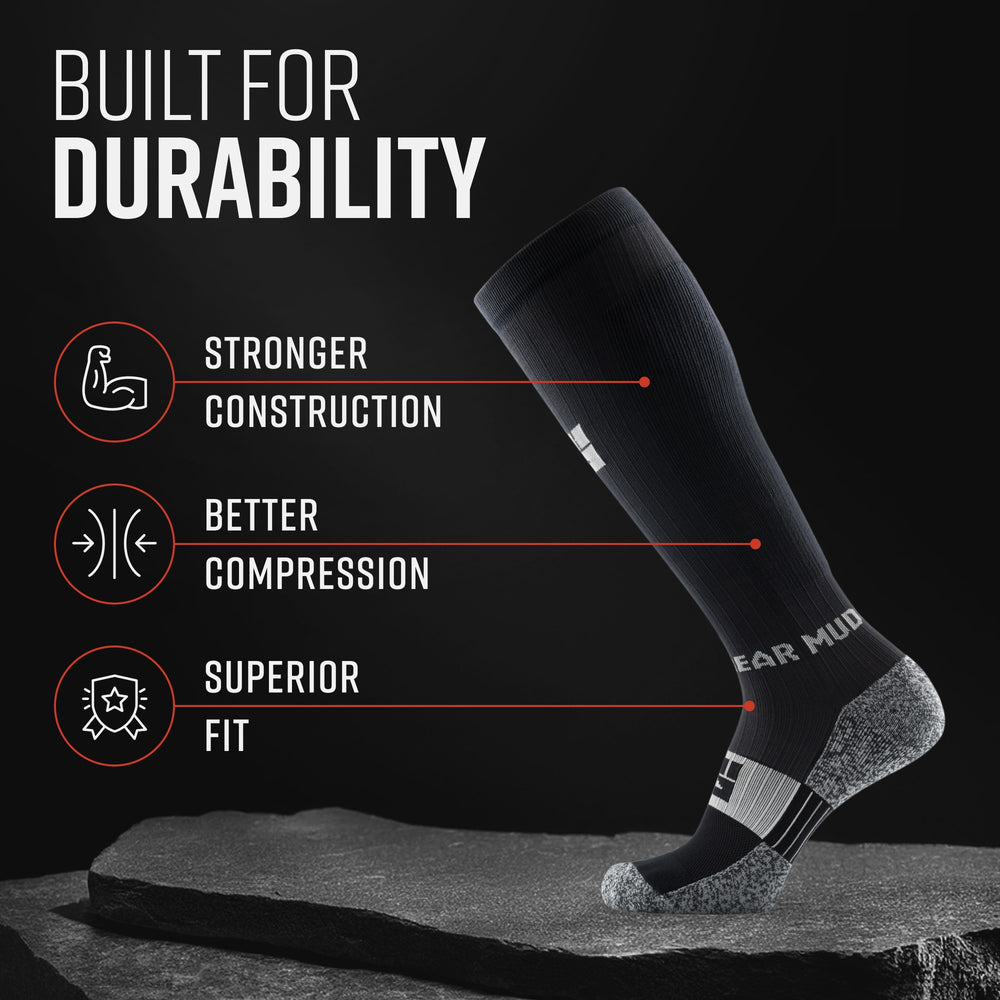
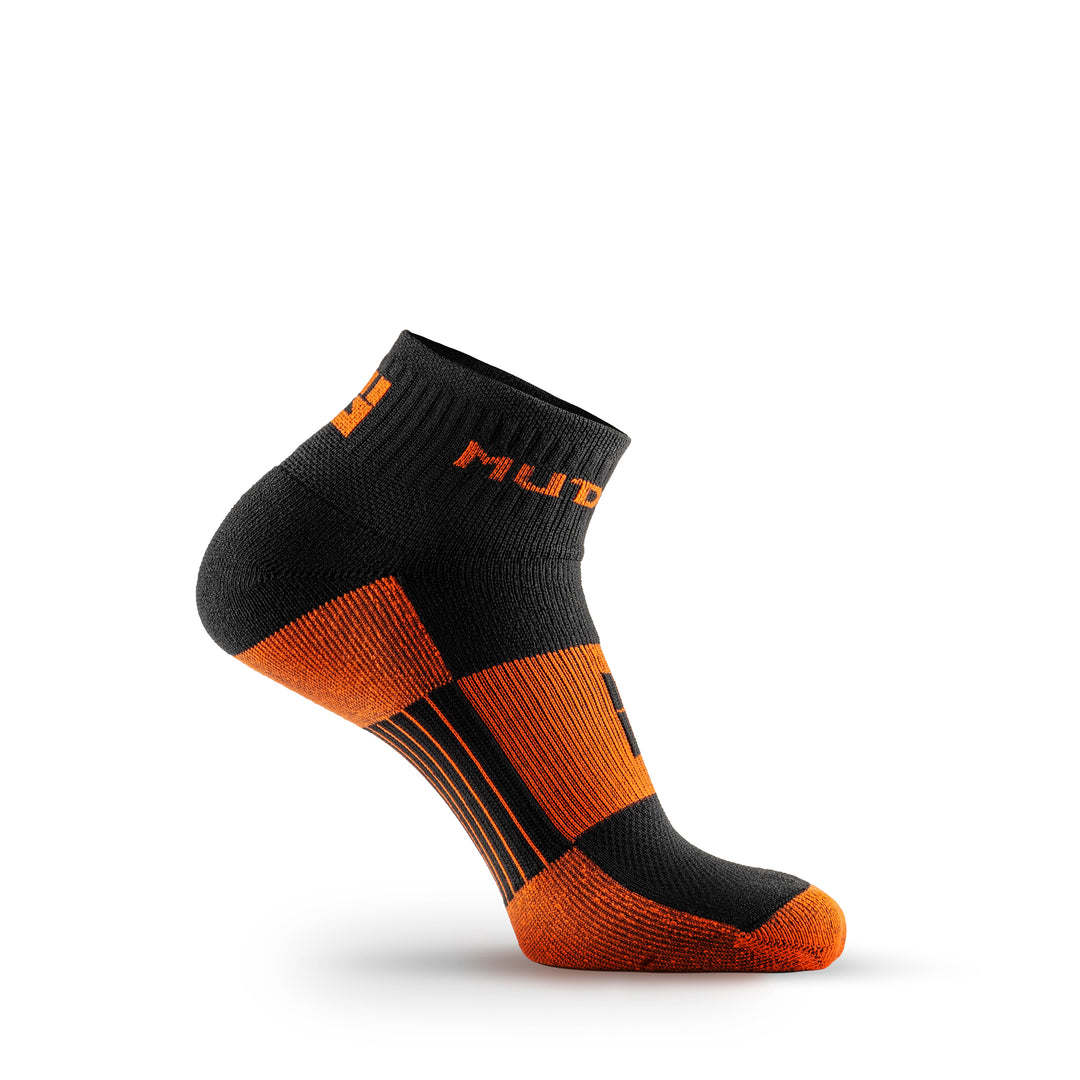
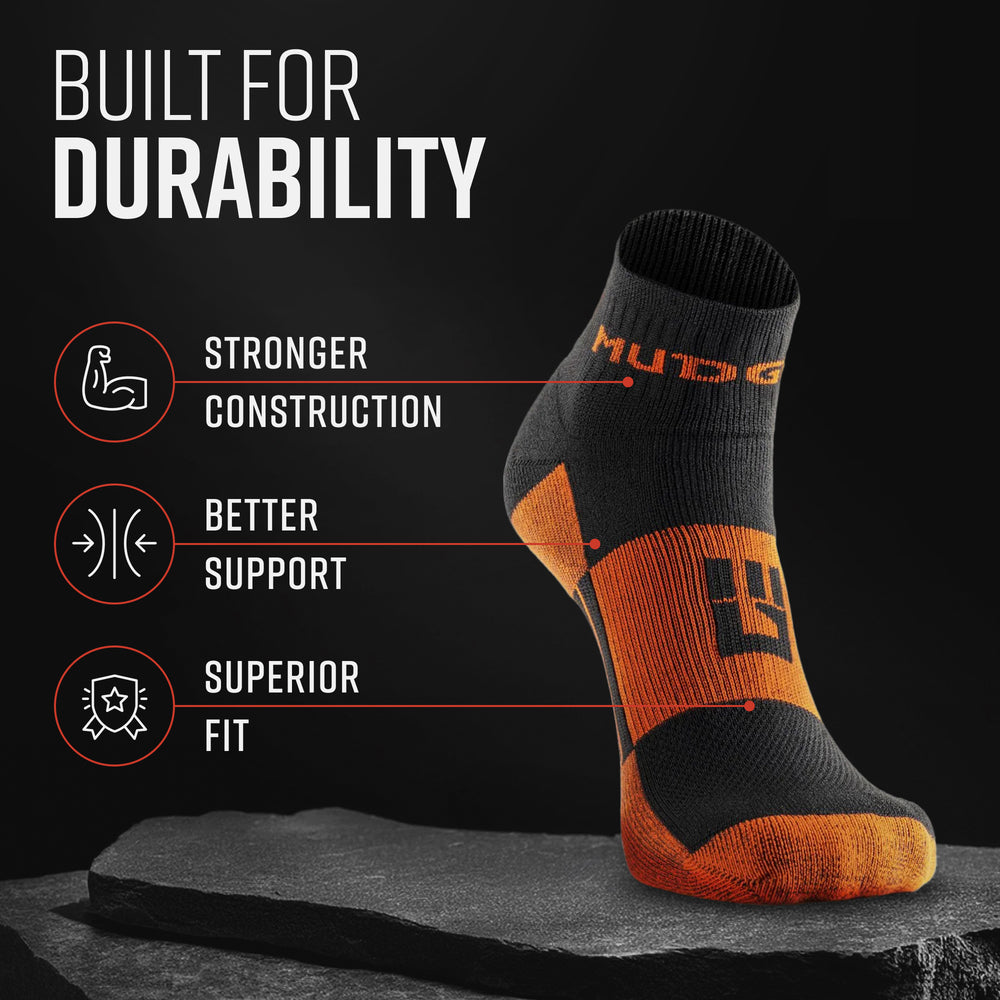


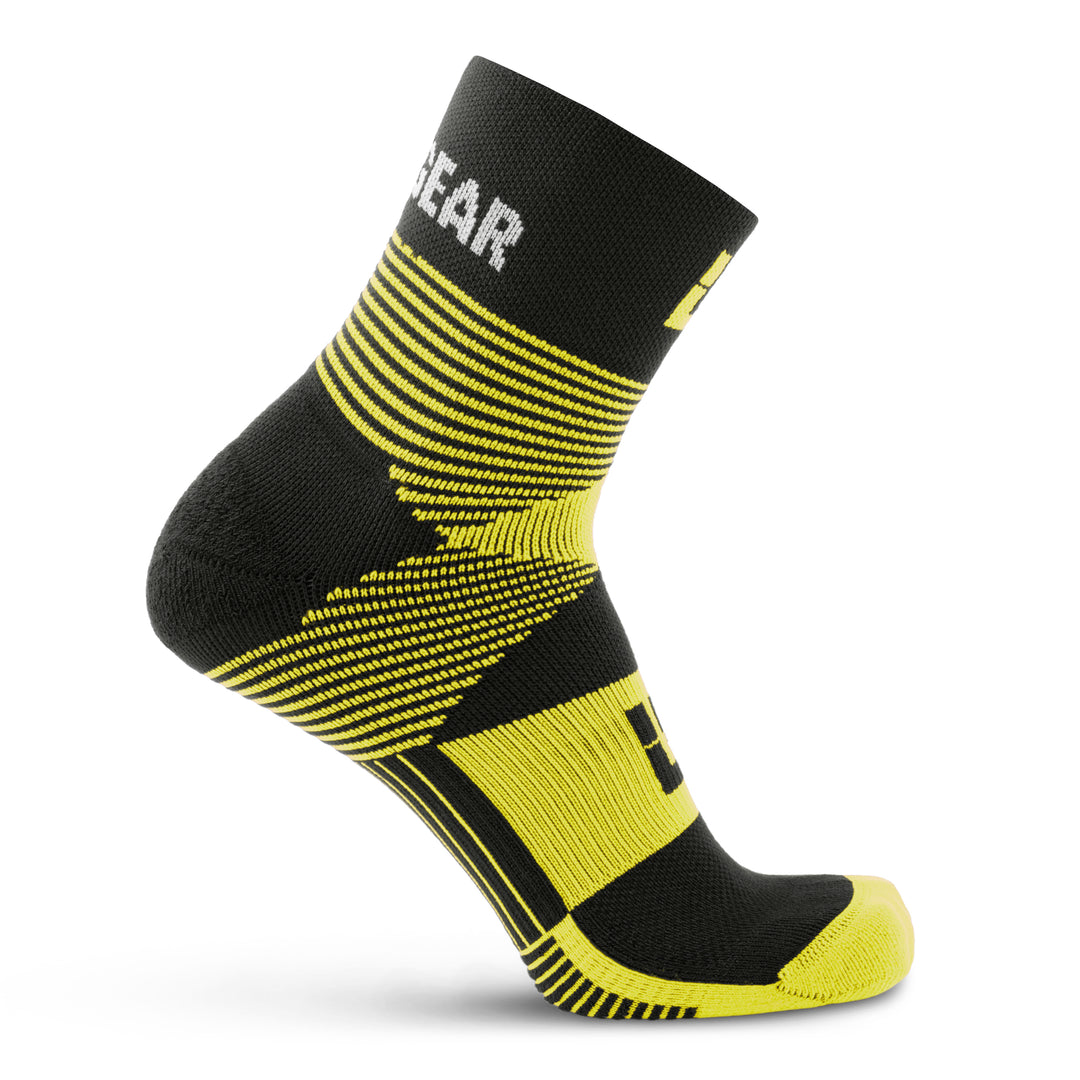
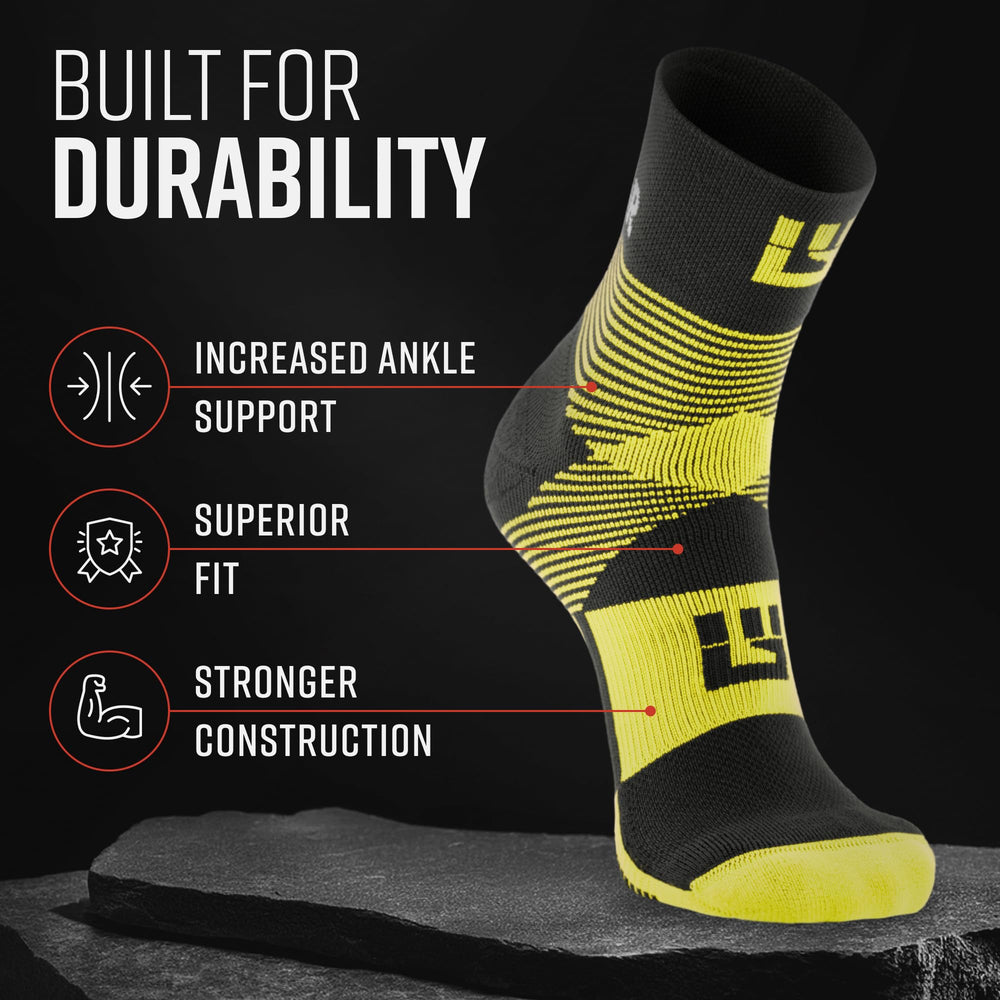

Leave a comment